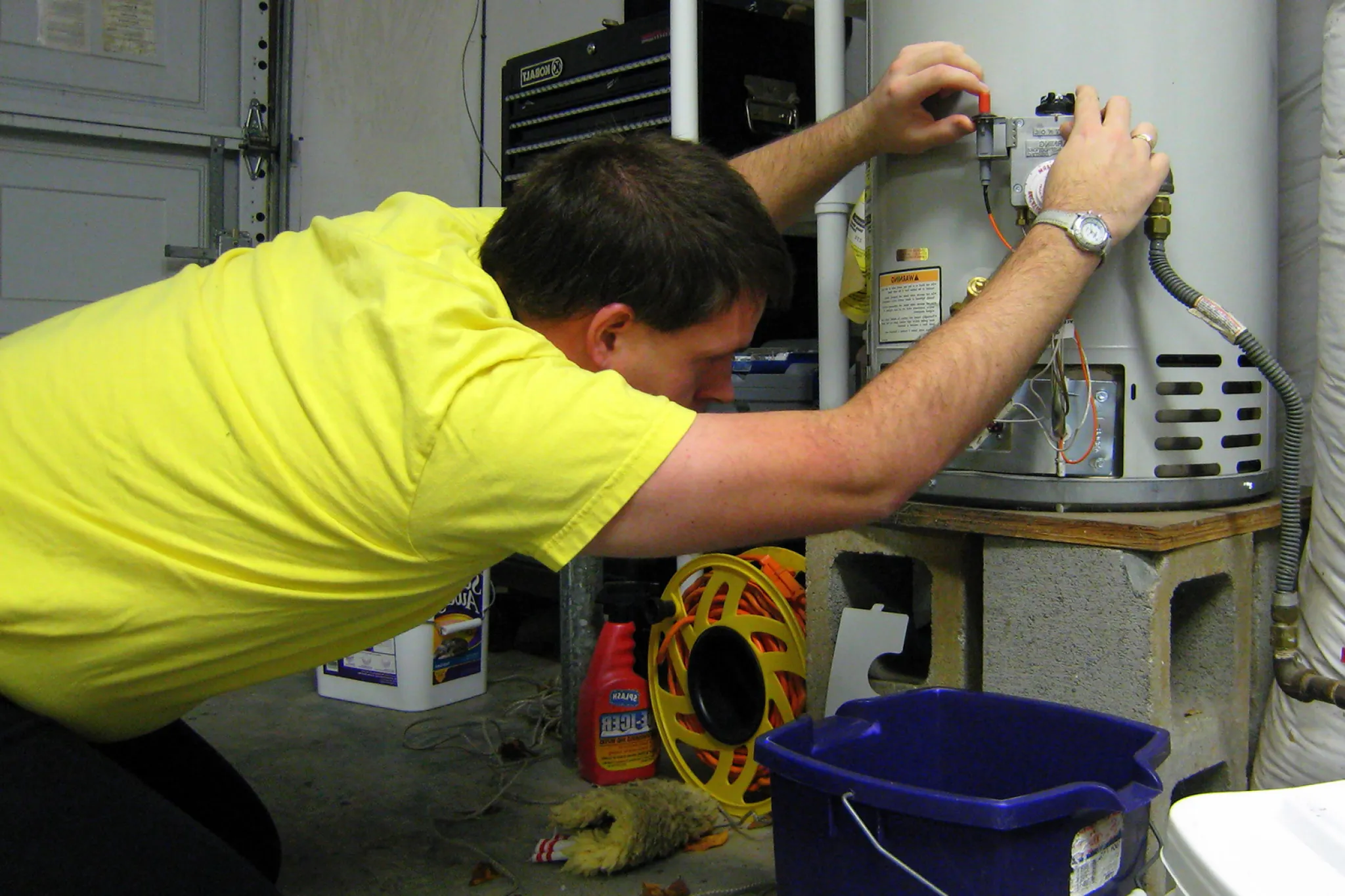Effective Strategies for Maintaining Your Home's Hot Water SystemSpecialist Guidance for Caring for Your Home's Hot Water System
Effective Strategies for Maintaining Your Home's Hot Water SystemSpecialist Guidance for Caring for Your Home's Hot Water System
Blog Article
What're your thoughts about Water Heater Maintenance Tips You Can't Afford to Forget?

Warm water is crucial for day-to-day convenience, whether it's for a rejuvenating shower or washing dishes. To guarantee your warm water system runs effectively and lasts much longer, normal maintenance is essential. This write-up offers practical suggestions and insights on how to preserve your home's hot water system to prevent disturbances and expensive repairs.
Intro
Maintaining your home's warm water system could appear complicated, but with a couple of simple actions, you can ensure it runs smoothly for years to come. This overview covers whatever from comprehending your hot water system to DIY upkeep suggestions and knowing when to call expert help.
Relevance of Keeping Your Hot Water System
Normal maintenance not only extends the life expectancy of your warm water system however additionally ensures it runs efficiently. Ignoring upkeep can cause decreased effectiveness, higher energy expenses, and also premature failing of the system.
Signs Your Warm Water System Needs Maintenance
Recognizing when your hot water system requires attention can stop significant issues. Keep an eye out for indicators such as inconsistent water temperature level, unusual sounds from the heating unit, or corroded water.
Understanding Your Hot Water System
Before diving right into upkeep tasks, it's helpful to understand the basic components of your hot water system. Generally, this consists of the hot water heater itself, pipelines, anode poles, and temperature level controls.
Month-to-month Upkeep Tasks
Regular regular monthly checks can aid capture minor problems before they escalate.
Purging the Hot Water Heater
Flushing your water heater eliminates debris build-up, improving effectiveness and extending its life.
Monitoring and Replacing Anode Rods
Anode rods prevent rust inside the container. Evaluating and changing them when worn is critical.
Evaluating and Adjusting Temperature Setups
Readjusting the temperature level settings guarantees optimum efficiency and safety and security.
Do It Yourself Tips for Upkeep
You can perform numerous maintenance tasks yourself to keep your hot water system in top problem.
Checking for Leaks
On a regular basis evaluate pipelines and links for leakages, as these can lead to water damage and higher bills.
Testing Pressure Relief Valves
Testing the pressure relief valve ensures it functions correctly and prevents too much stress build-up.
Shielding Pipes
Insulating warm water pipelines lowers warmth loss and can save energy.
When to Call an Expert
While DIY maintenance is beneficial, some concerns require professional proficiency.
Facility Concerns Requiring Specialist Assistance
Instances consist of significant leakages, electrical problems, or if your water heater is regularly underperforming.
Regular Expert Maintenance Benefits
Specialist upkeep can consist of detailed examinations, tune-ups, and making certain compliance with safety criteria.
Final thought
Routine maintenance of your home's warm water system is necessary for efficiency, longevity, and price savings. By following these ideas and knowing when to look for expert help, you can guarantee a reliable supply of warm water without unforeseen disturbances.
How to Maintain an Instant Hot Water Heater
Before tinkering with your hot water heater, make sure that it’s not powered on. You also have to turn off the main circuit breaker and shut off the main gas line to prevent accidents. Also turn off the water valves connected to your unit to prevent water from flowing into and out of the appliance. 2. When you’re done, you have to detach the purge valves’ caps. These look like the letter “T” and are situated on either side of the water valves. Doing so will release any pressure that has accumulated inside the valves while at the same time avoid hot water from shooting out and burning your skin. 3. When the purge valves’ caps are removed, you have to connect your hosing lines to the valves. Your unit should have come with three hoses but if it didn’t, you can purchase these things from any hardware or home repair shops. You can also get them from retail stores that sell water heating systems. Read the user’s manual and follow it to complete this task properly. When the hosing lines are connected, open the purge port’s valves. 4. You should never use harsh chemical cleaners or solutions when cleaning your unit. Make use of white vinegar instead. It should be undiluted and you’ll probably use about 2 gallons. 5. Now flush your water heater. This task should probably take about 40 minutes. We can’t give you specific directions for this because the procedure is carried out depending on the type, model and brand of your heater. With that being said, refer to the user’s manual. 6. When you’re done draining the unit, you have to turn off the purge port valves again. Remove the hosing lines that you earlier installed on each of the water valves. Put the valve caps (purge port) back in their respective places and be very careful so as not to damage the rubber discs that are found inside these caps. 7. Now that everything’s back in place, check your user’s manual again to find out how to reactivate your water heating system. 8. Once it is working, turn one of your hot water faucets on just to let air pass through the heater’s water supply pipes. Leave the tap on until water flows smoothly out of it. https://www.orrplumbing.com/blog/2014/september/how-to-maintain-an-instant-hot-water-heater/

As an enthusiastic reader on Tips on Maintaining a Water Heater, I assumed sharing that piece of content was worth the trouble. Sharing is good. Who knows, you may very well be helping someone out. We thank you for your readership.
Visit Link Report this page